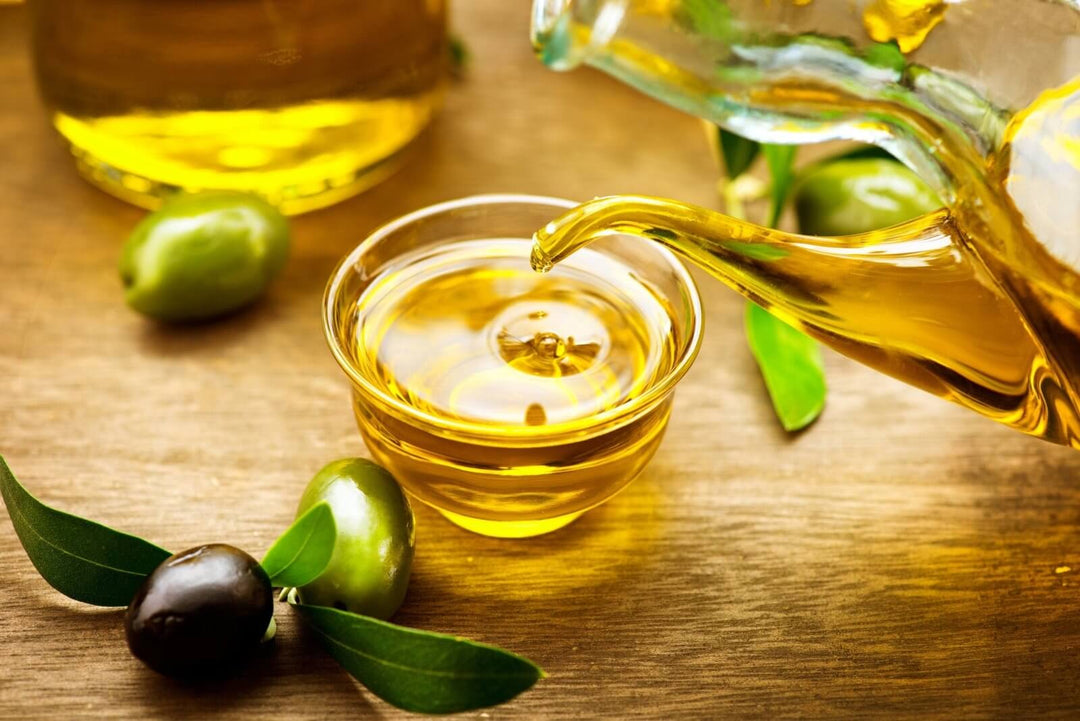
Organic Olive Oil vs. Regular Olive Oil
Posted on
You may have heard a lot of olive oil enthusiasts talking about organic olive oil and regular olive oil. It might have also led you to wonder if there is any difference between the two oils. Well, there is a lot of difference between them, more than we think!
You can understand the two oils by knowing what the descriptive terms on the labels mean. You must also know the terms used to indicate different quality levels. Remember that the differences between organic olive oil and regular olive oil go beyond whether the oil was grown organically or not.
Below, we have talked about organic olive oil and regular olive oil to help you understand the differences between the two.
How is organic olive oil made?
Almost every organic olive oil available in the market is extra virgin olive oil (EVOO). Therefore, organic oil is the first cold press of the olives and the highest grade of olive oil.
EVOO is made through a natural and straightforward process to maintain oil quality. The process involves washing and crushing the olives and turning them into a 'paste.' Then, the paste is spun to extract the oil from one side and excess water from another. The oil that manufacturers derive at this stage is the final product.
Oil manufacturers usually use organically grown and certified olives for this process.
How is 'olive oil' made?
Here is where the actual differences between organic olive oil and regular olive oil really play out. This is how manufacturers make 'olive oil':
- Refine virgin olive oil using a high heat process to get 'refined olive oil.'
- Then, mix a little bit of extra virgin oil with it.
The blended creation you get is called regular 'olive oil.' It is a mostly-refined oil that is more complex than the originally squeezed olive oil.
Let's review
Organic oil or EVOO is freshly squeezed oil made from certified and organic olives.
Olive oil or regular olive oil is refined virgin olive oil mixed with extra virgin olive oil. The olives that manufacturers use for making this oil are not certified and may or may not have been grown organically.
Other differences between Regular Olive Oil and Organic Olive Oil
Several other differences between regular olive oil and organic olive oil have been listed below.
- Variety of colors- Organic EVOO is available in various colors–from light yellow to dark green. However, remember that the olive oil color does not denote the oil's quality. Instead, the oil quality depends on the olives used, the time of harvesting, and how ripe the olives were at the time of squeezing.
Regular Olive oil is light in color, with very little or no variations. Since it is refined oil, every lot has a similar consistency.
- Variety of flavors- Organic EVOO comes in various flavors, like sweet, mild, or buttery. Some flavors are very strong, pungent, or peppery. The types of olives used, amount of rainfall, and soil quality can influence the oil flavor.
Regular Olive oil is usually not very rich or varied in flavor, its refining process being the reason behind it.
About the business
Although both regular olive oil and organic olive oil are healthy and every chef’s favorite, organic Extra Virgin Olive Oil is a league ahead given its various benefits and richness in flavor.At Pura Olea, we sell premium quality organic olive oil extracted from hand-picked olives. Our clients choose us for our products which are loaded with nutrients, making them much more beneficial for your health than the other alternatives you find in the market. For more information about us, contact us at (425) 243-9574, reach out to us at care@puraolea.com, or fill out our contact form. We have same-day free delivery in the greater Seattle area.

Leave a comment: